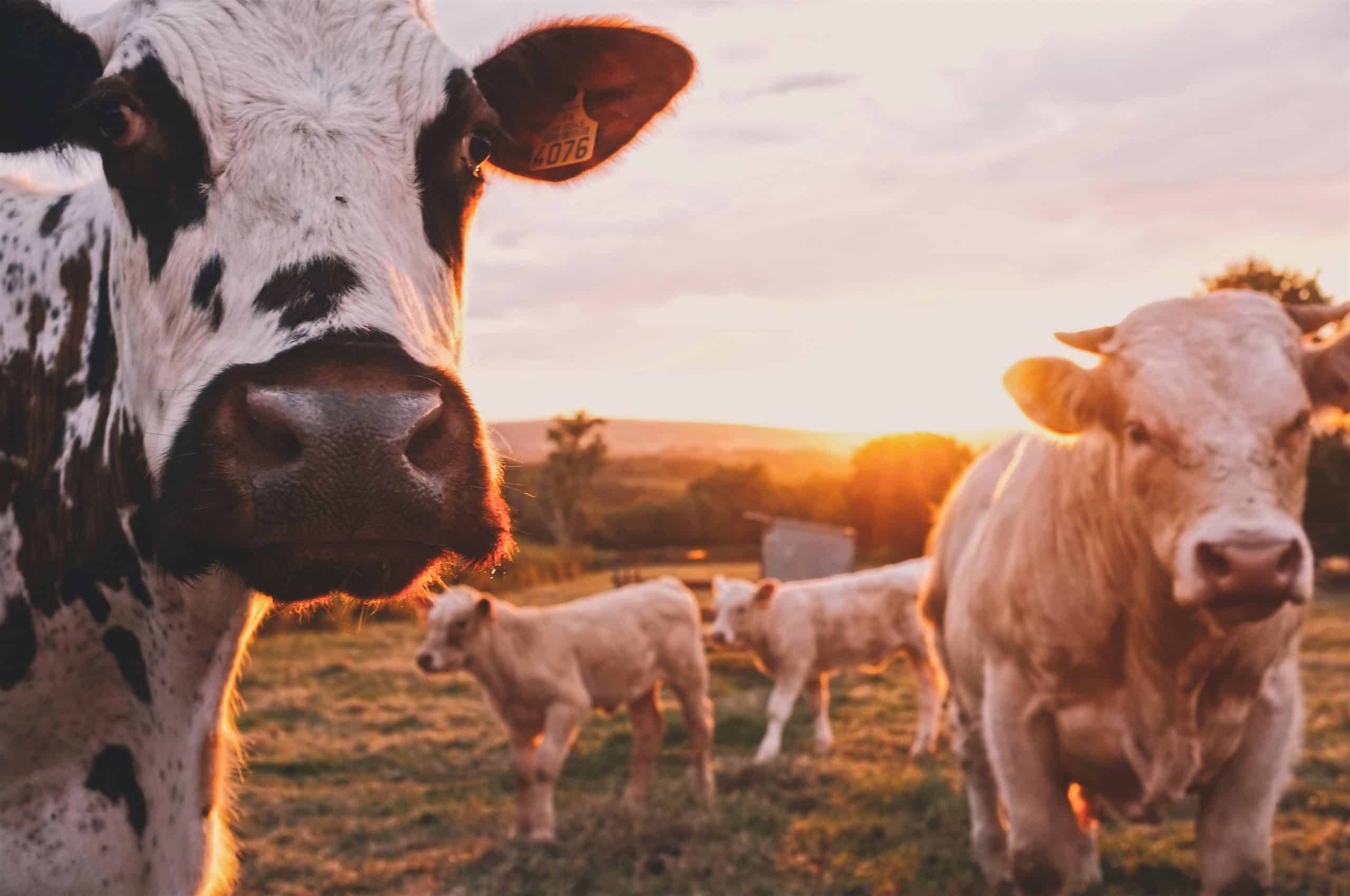
The agritech transition: from nice-to-have to necessity
It’s August; the sun’s out and for farmers up and down the country, it is the busy harvesting period. I’m a farmer’s daughter. Both sides of my family have farmed for generations, and despite living and working in London, I like to keep my ear to the ground on what’s happening in the agriculture world, and more specifically, the agritech sector: the perfect crossover of my heritage and my career in tech PR. Without further ado, here’s my latest blog on the burgeoning agritech landscape:
Did you know that the UN’s Food and Agriculture Organisation, the group tasked with looking after our future food supply, has estimated that globally we may only have 60 harvests left, thanks to the depletion of nutrients in our soils? Or that following Brexit, the lack of EU subsidies will have a massive impact on UK farming, leading to fears of farms being wiped out?
The farming landscape
Farming is arguably the oldest profession. From day dot, humans have needed to eat; growing and harvesting corn, picking fruit and berries, and raising livestock for milk, meat, fur and leather. But the industry, globally, is under pressure. By 2050, it’s anticipated that the world’s population will have grown to nearly 10 billion, and this is creating a huge ‘food gap’ between the current levels of production, and our growing consumption. Food production must grow by 50% in the next 30 years, if it is to meet demand.
There are numerous other factors which are disrupting the status quo of the countryside:
- Environmental sustainability: have you seen Cowspiracy? Climate-conscious campaigners are behind influential documentaries, looking to spread awareness of greenhouse gas emissions and livestock transportation exhausts.
- A change in diet fashions: veganism, for example, has soared in popularity. In the UK alone the number of vegans has grown from half a million in 2016, to 3.5 million in two years.
Tech-for-good, the farming edition
In response to concern for the farming industry, however, innovative start-ups and agribusinesses have been developing technologies to improve efficiencies and yields on all farms, from industrial scale to smallholdings. I’ve discussed ‘precision agriculture’ before in my blog on harnessing agritech for a smarter way to farm, and I’ve also written about agri uni Harper Adams’ Hands-Free Hectare (HFH) project, which is using small robots to drill, monitor, and harvest a field of crops.
But it’s not just fields and crops that benefit from technological innovation. Now, increasingly, we hear of lab-grown meat and fish, and connected livestock. Farmers with animals spread across vast ranges of farmland in areas such as the rolling Welsh mountains, sprawling farms across the US and the South African veldt, can benefit from connected collars (e.g. Digitanimal) that monitor the condition and location of animals, and send the data directly to the farmers’ smartphones.
Another example of connected livestock I really enjoyed reading about is facial ID for cows. As Maija Palmer writes for Sifted, “dairy farmers have one of the highest rates of tech adoption”, which now includes – for some at least – an AI-based service that collects data from cows and uses it to quickly detect conditions like mastitis and lameness. Dairy is a particularly vulnerable sector of agriculture as farmers continue to feel the pressure from volatile commodity prices; something I’m very familiar with.
Not just one, but both sides of my family have farms that used to have dairy herds. The accounts from the business on my paternal side show that the first sale of milk from the farm appeared in October 1909 “and continued unbroken for 92 years, until 2001, when milk production throughout the whole top end of the Meon Valley ceased due to poor prices.” In those days, the farmer received 1.5p per litre, whereas today’s farmers can expect around 27.5p per litre – just over half the cost consumers pay in UK supermarkets.
Agritech, a must-have for the future
Whatever the changing dietary preferences, economic future, and climactic fluctuations, technology will be needed – if it’s not being used already – to produce food for the growing population and halt the demise of farming. The role of agritech is transitioning from a ‘nice-to-have’ addition to a farmer’s toolkit, to a ‘must-have’, if we are going to produce enough food to support our growing population.
By design and necessity, the food ecosystem of the future will look very different to farming of today. A willingness to adopt technology to support production will be paramount for farmers riding the waves of uncertainty post-Brexit, and enable them to reap the rewards of increased output.
Here at Babel, we understanding the farming industry as well as we do the technology behind it and we’re keen to support agritech companies looking to communicate their brand to media and stakeholders alike to boost investment opportunities. If you’d like to speak with us further on what you could achieve through an integrated communications campaign, please don’t hesitate to get in touch.





